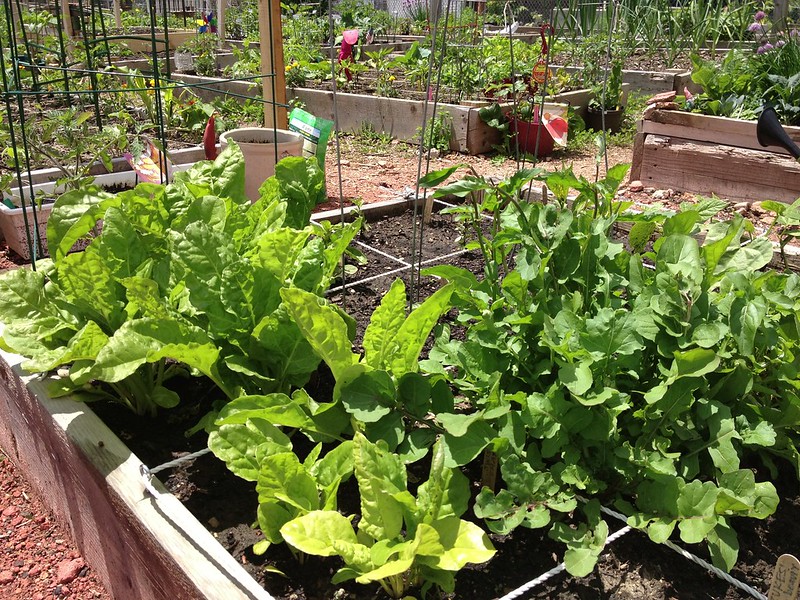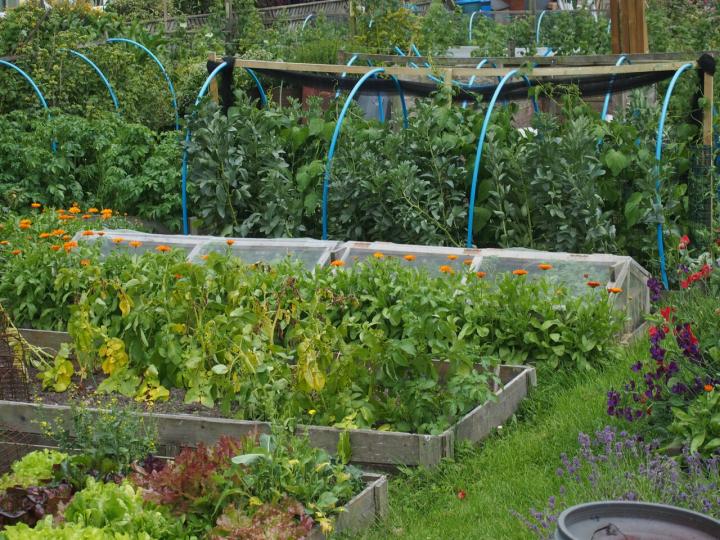What to Cultivate in Your Homestead Gardening Setup
What to Cultivate in Your Homestead Gardening Setup
Blog Article
Discover Vital Tips for Effective Horticulture Techniques and Practices
By focusing on important elements such as dirt health, reliable watering approaches, and appropriate plant selection, gardeners can create a flourishing ecosystem that sustains lively development. Several lovers ignore essential details that can make or damage their horticulture success-- checking out these neglected elements might reveal the secret to growing a prospering yard.
Recognizing Soil Health
Soil health and wellness is a fundamental facet of effective gardening, as it straight affects plant development, nutrient schedule, and community equilibrium. Healthy and balanced soil is identified by an abundant biodiversity of microbes, raw material, and a balanced pH degree, which with each other develop an environment helpful to plant growth.
To understand soil health and wellness, one must consider its physical, chemical, and biological homes. The appearance and framework of soil influence its capacity to maintain wetness and nutrients, while the chemical make-up figures out the schedule of vital aspects like potassium, nitrogen, and phosphorus. Regular dirt screening is critical to assess these elements, allowing garden enthusiasts to make informed choices regarding modifications and fertilizers.
Furthermore, advertising organic activity within the soil is vital for keeping its wellness. Practices such as composting, crop rotation, and the use of cover plants can boost microbial diversity, boost nutrient biking, and reduce dirt erosion. By prioritizing dirt health and wellness, garden enthusiasts not only optimize plant development yet also add to a lasting ecological community, guaranteeing that their horticulture methods are resilient and eco responsible in time.
Reliable Sprinkling Strategies
Making certain that plants obtain the ideal quantity of water is important for their health and development, especially when combined with a solid structure of soil health and wellness (Homestead Gardening). Efficient watering methods can dramatically impact plant vitality, minimizing water wastage and promoting optimal development
One fundamental technique is deep watering, which encourages origins to expand deeper into the dirt, boosting dry spell resistance. This strategy usually involves sprinkling less regularly yet in bigger quantities, enabling wetness to permeate the root zone completely. Timing is likewise vital; morning is the suitable time to water, as it decreases dissipation and permits vegetation to dry throughout the day, reducing disease dangers.
In addition, utilizing mulch can help preserve soil wetness and regulate temperature level, additional helping efficient watering techniques. Making use of a drip watering system can also provide targeted wetness straight to the roots, guaranteeing that water reaches where it's most needed while preserving resources.
Keeping track of rainfall and soil wetness degrees can lead adjustments in your watering timetable, guaranteeing plants get consistent hydration without over-saturation. By taking on these efficient sprinkling strategies, garden enthusiasts can promote a growing environment for their plants to flourish.
Plant Selection and Positioning
Exactly how can the ideal plant option and critical placement transform a garden into a flourishing ecological community? The synergy between plant varieties and their placement is vital for developing a dynamic yard. When choosing plants, think about elements such as environment, dirt kind, and sunshine direct exposure. Native species are commonly the most effective choice as they are adjusted to local problems and call for less upkeep.
Strategic positioning involves organizing plants according to their growth practices and demands. Taller plants need to be positioned at the rear of boundaries to stop shielding shorter plants. Additionally, organizing plants with similar water and light needs can boost their growth and lower competitors for resources.
Including a variety of plants not just includes visual appeal but also promotes biodiversity, bring in beneficial bugs and pollinators. Take into consideration the seasonal adjustments in your yard; select a mix of perennials, evergreens, and annuals to guarantee year-round interest.
Lastly, bear in mind to analyze the mature dimension of plants prior to planting to prevent overcrowding and make Homepage sure adequate air blood circulation. Thoughtful plant choice and tactical placement create an unified environment, permitting your garden to grow while reducing obstacles.
Insect and Condition Administration
Effective parasite and condition monitoring is important for keeping a healthy and balanced yard environment - Homestead Gardening. A positive approach, incorporating cultural, biological, and chemical approaches, can considerably minimize the effect of parasites and conditions on your plants

Biological controls, such as introducing advantageous bugs like ladybugs or aggressive mites, can maintain parasite populaces in check without damaging the setting. Additionally, maintaining plant health via correct watering, fertilizing, and pruning will strengthen their durability against diseases.
When intervention is necessary, opt for targeted chemical treatments, making sure to adhere to application standards to lessen harm to non-target microorganisms. Constantly focus on lasting methods, as they promote lasting garden wellness and ecological balance. By incorporating these methods, gardeners can efficiently take care of conditions and pests, ensuring flourishing plants and an effective garden.

Seasonal Maintenance Practices
In springtime, emphasis on dirt preparation by screening pH degrees and adding needed changes. Routinely check arising plants for insects and conditions.
As summer methods, make certain adequate watering while checking for signs of tension or condition. Trim back thick plants to motivate air circulation and reduce humidity around vegetation. This practice not only improves plant wellness however likewise promotes flowering and fruiting.
With the arrival of autumn, it's time to plan for winter months. Tidy up fallen leaves and debris to prevent pest problems, and take into consideration growing cover plants to enhance soil health and wellness. This season is also ideal for splitting perennials and growing spring-flowering light bulbs.
Verdict
Effective gardening depend upon the assimilation of sound practices in dirt health and wellness, watering, plant selection, insect management, and seasonal maintenance. By focusing on soil testing and microbial diversity, employing efficient watering strategies, and picking ideal plants, gardeners can develop thriving ecological communities. Furthermore, aggressive insect management and diligent seasonal maintenance add considerably to general garden vitality. Embracing these methods cultivates a lasting and productive horticulture environment, ensuring flourishing development and durability throughout the transforming seasons.
By prioritizing important elements such sites as dirt wellness, efficient watering strategies, and ideal plant choice, gardeners can create a growing environment that supports vibrant development. By prioritizing soil wellness, gardeners not just enhance plant growth yet likewise contribute to a lasting environment, ensuring that their horticulture methods are resistant and ecologically liable over time.
Taller plants must be positioned at the back of boundaries to prevent shielding shorter plants. Tidy up fallen leaves and particles to prevent bug infestations, and take into consideration planting cover plants to improve soil wellness.Successful gardening joints on the integration of audio techniques in soil health and wellness, watering, plant option, insect monitoring, and why not check here seasonal maintenance.
Report this page